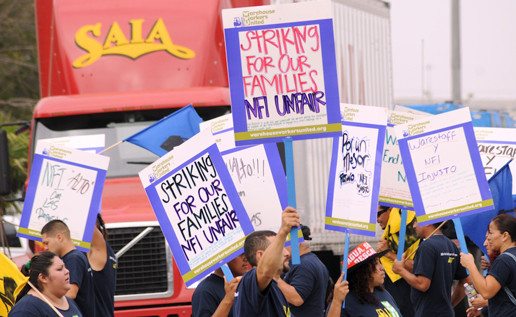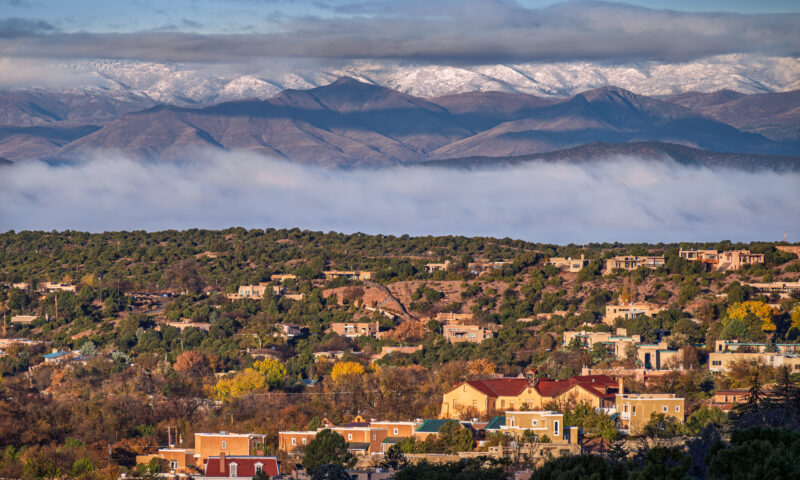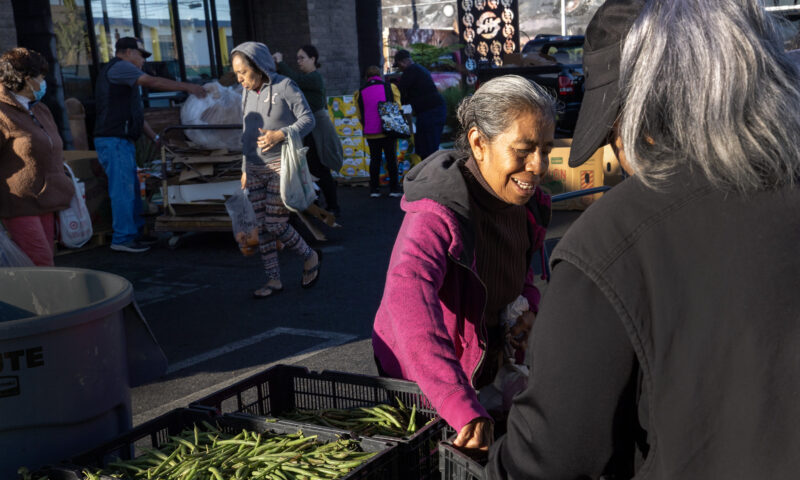Labor & Economy
Unions Hold Hope for Latino Workers

Ask Los Angeles Times reporter Alana Semuels why union membership in California rose by 100,000 in 2012 and she’ll give you a simple answer:
“Latino workers.”
To explain the contrast between the trend in California and the U.S. as a whole – where union membership dropped last year by 400,000 – Semuels turned to some credible sources, including Steve Smith of the State Labor Fed who cited “an appetite among these low-wage workers to try to get a collective voice to give themselves opportunity and a middle-class lifestyle.”
Quoting Smith and others, Semuels finds that, “After working hard to get here, many Latino immigrants demand respect in the workplace and are more willing to join unions in a tough economic environment, organizers say.”
True enough: Immigrant workers have been particularly important for unions in California and Latino organizing has helped reignite the state’s labor movement. But that’s only part of the story.
Many California unions, allied with progressive groups up and down the state, have dedicated enormous resources to community and economic organizing. This has influenced California’s political culture. Union-friendly city councils, boards, commissions, a Democratic legislature and statewide office holders produce a relatively pro-worker political and economic atmosphere.
Though employer resistance to unions can be as fierce in California as in other states, there is also a growing sense that a cooperative relationship with labor can be good business (note the expedited permitting for the construction of downtown L.A.’s Farmers Field).
California unions were ahead of the curve in recognizing the power of Latino workers and voters and then led other states in building diverse constituencies around progressive economic development strategies. The number of “living wage” districts around the state testifies to that.
There is no pro-union state in the U.S. But California (with 18.4 percent of the workforce unionized) may be pointed in that direction.
Despite its failure to offer context, the L.A. Times piece draws the same conclusion.
“Labor’s more optimistic proponents say that California could serve as a blueprint for unions across the country as they seek to stem membership declines,” writes Semuels. ” The trend comes amid forecasts that the Latino population in the U.S. is likely to double in two decades.”
(This post first appeared on LaborLou and is republished with permission.)

-

 StrandedNovember 25, 2025
StrandedNovember 25, 2025‘I’m Lost in This Country’: Non-Mexicans Living Undocumented After Deportation to Mexico
-

 Column - State of InequalityNovember 28, 2025
Column - State of InequalityNovember 28, 2025Santa Fe’s Plan for a Real Minimum Wage Offers Lessons for Costly California
-

 Striking BackDecember 4, 2025
Striking BackDecember 4, 2025Home Care Workers Are Losing Minimum Wage Protections — and Fighting Back
-

 Latest NewsDecember 8, 2025
Latest NewsDecember 8, 2025This L.A. Museum Is Standing Up to Trump’s Whitewashing, Vowing to ‘Scrub Nothing’
-

 Latest NewsNovember 26, 2025
Latest NewsNovember 26, 2025Is the Solution to Hunger All Around Us in Fertile California?
-

 The SlickDecember 2, 2025
The SlickDecember 2, 2025Utility Asks New Mexico for ‘Zero Emission’ Status for Gas-Fired Power Plant
-

 Latest NewsDecember 1, 2025
Latest NewsDecember 1, 2025Accountable to No One: What 1990s L.A. Teaches Us About the Trump Resistance
-

 Dirty MoneyDecember 3, 2025
Dirty MoneyDecember 3, 2025Trump’s Anti-Climate Policies Are Driving Up Insurance Costs for Homeowners, Say Experts

